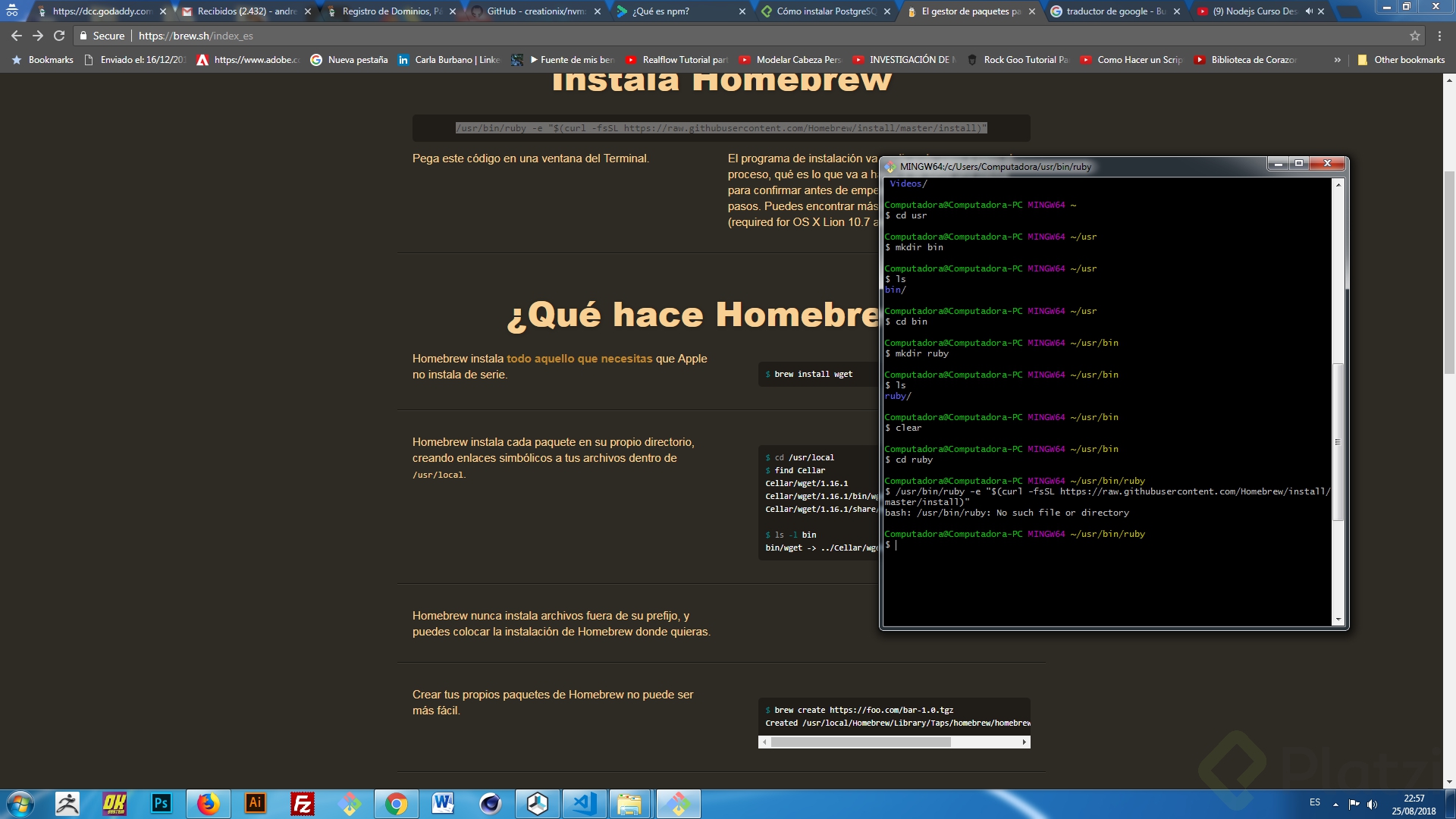
How a link ``points'' to a file is one of the differences between a hard and symbolic link. It is useful for maintaining multiple copies of aįile in many places at once without using up storage for the copies'' instead, a link points'' to the original copy. The ln utility creates a new directory entry (linked file) which has the same modes as the original file. alternatively, pg-stop stops your database service.Ĭonnect to your postgres with the command: psqlĭetails What is this ln command I ran in my Terminal?.Use this comment to start your database service. Run the alias you just created: pg-start. Run the command: source ~/.zshrc to reload your configuration. They could look something like this: alias pg-start="launchctl load ~/Library/LaunchAgents/"Īlias pg-stop="launchctl unload ~/Library/LaunchAgents/" Run the command: ln -sfv /usr/local/opt/postgresql/*.plist ~/Library/LaunchAgentsĪt the bottom of the file, create two new aliases to start and stop your postgres server. Read the Caveats section that is outputted to the Terminal. In your command-line run the command: brew install postgresql In your command-line run the following commands: Thank you commenters (sorry I didnt notice you all before but thankful for not getting notifications 🤭) Installing Postgres via Brew Pre-Reqs

Or, if you don't want/need a background service you can just run: New out put may look like To have launchd start postgresql now and restart at login:

In case you’re using this guide to get started using rails here’s how I would start the new rails app.Outdated note: the process is a lot easier now: after you brew install postgresql you can initialize or stop the daemon with these commands: brew services start postgresql or brew services stop postgresql. To exit the shell hit Ctrl+ d Starting a new Rails project The -U means to login using that username and the -W means to prompt for a password. The following command can be used to log into the database. Then to stop it, you run: brew services stop postgresql. To start postgresql manually, use: pgctl -D /usr/local/var/postgres start. Unlike people say, I didn’t have to change the PATH and no other version of PostgreSQL was installed on the system ( psql -version. So I successfully installed PostgreSQL 9.1 on MacOSX Lion. The -O indicates the user that will become the owner of the database. Using brew is much easier because it is literally 2 steps: brew install postgresql. The best answers to the question PostgreSQL homebrew installation lacks config files in the category Super User. Create a databaseĬreatedb -Otunnelsup -Eutf8 mysite_development Verify PostgreSQL version: psql -version psql (PostgreSQL) 9.6.20 The default admin user is postgres. Wait until the installation is completed.
#Brew install postgresql password
If you wish to create a user without a password just take the -pwprompt off the command. Install PostgreSQL and -contrib package using the following command: sudo apt install postgresql postgresql-contrib. If it asks you questions about the user you can say ‘n’ for all of the questions. Use it right from the OSX terminal command line like this: Postgres has a shell command called createuser which will create a user for Postgres. Additional Postgres Commands Create a user Now when the computer reboots, postgres will automatically startup. There’s a small catch thoughlibpq won’t install itself in the /usr/local/bin.

Brew makes it easy to install: brew install libpq.
#Brew install postgresql mac
Homebrew’s package for the PostgreSQL client tools is the libpq package. I have went through their official sites and many other document to know about the installation process and found out these processes, to reinstall the PostgreSQL if another version of PostgreSQL is installed previously and installing PostGIS in Mac OS. Now use launchctl to load the file using this command: With Homebrew in place, you’ll be able to install numerous applications, usually with the programs available in /usr/local/bin. I found mine at /usr/local/Cellar/postgresql/9.3.4/.Ĭopy the plist file to the LaunchAgents directory.Ĭp /usr/local/Cellar/postgresql/9.3.4/ ~/Library/LaunchAgents/ Create it if it doesn’t exist.įind the plist file that came with the postgres install. Initdb /usr/local/var/postgres Set up Postgres to run at startupĬheck if the directory ~/Library/LaunchAgents exists. Then simply run the command:īrew install postgres Initialize Postgres If you don’t have homebrew, install it first. I am saving my notes here in case that site gets removed. Most of what is written here was learned from this blog post. Here are the steps I used to set up Postgres in Mac OSX.


 0 kommentar(er)
0 kommentar(er)
